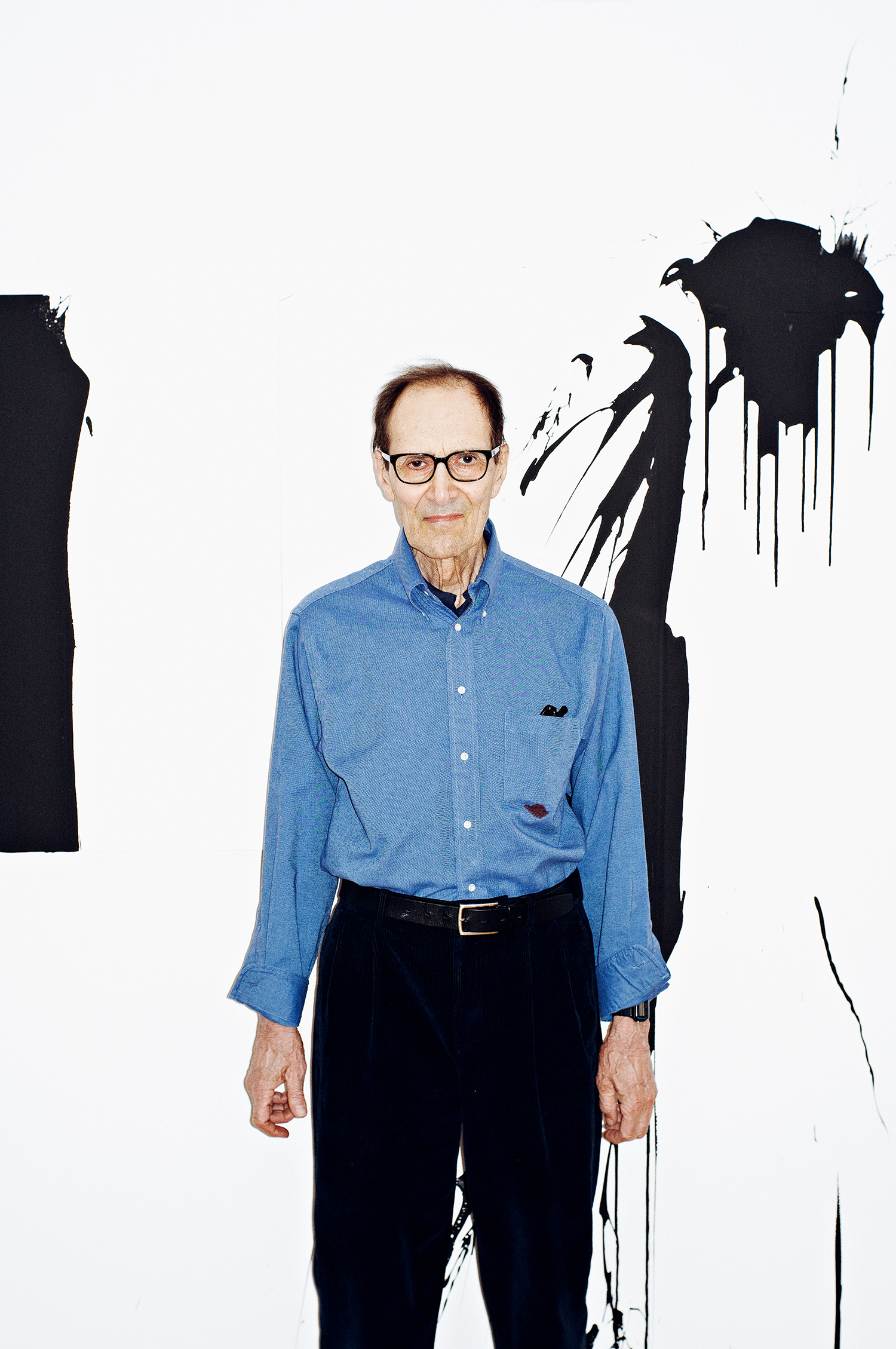Purple Magazine
— F/W 2013 issue 20
William Anastasi
 William Anastasi
William Anastasi
subway drawings
text by BILL POWERS
photography by ALEXIS DAHAN
Are you familiar with the concept of inertial systems? It’s the phenomenon that allows a body to remain at rest while simultaneously traveling — somewhat imperceptibly — at an accelerated speed. You might be reading this magazine, for example, on an airplane flying at 30,000 feet but feel as though you’re in the comfort of your own living room. We often take this experience for granted. Riding the 6 train uptown, New Yorkers are inured to the shimmy of a left bank or a rapid deceleration entering the next station. And yet it’s under these conditions that William Anastasi first started making subway drawings some five decades ago.
The process by which he creates his abstract pieces is maddeningly simple. He takes two pencils — one in each hand, held like a dart…